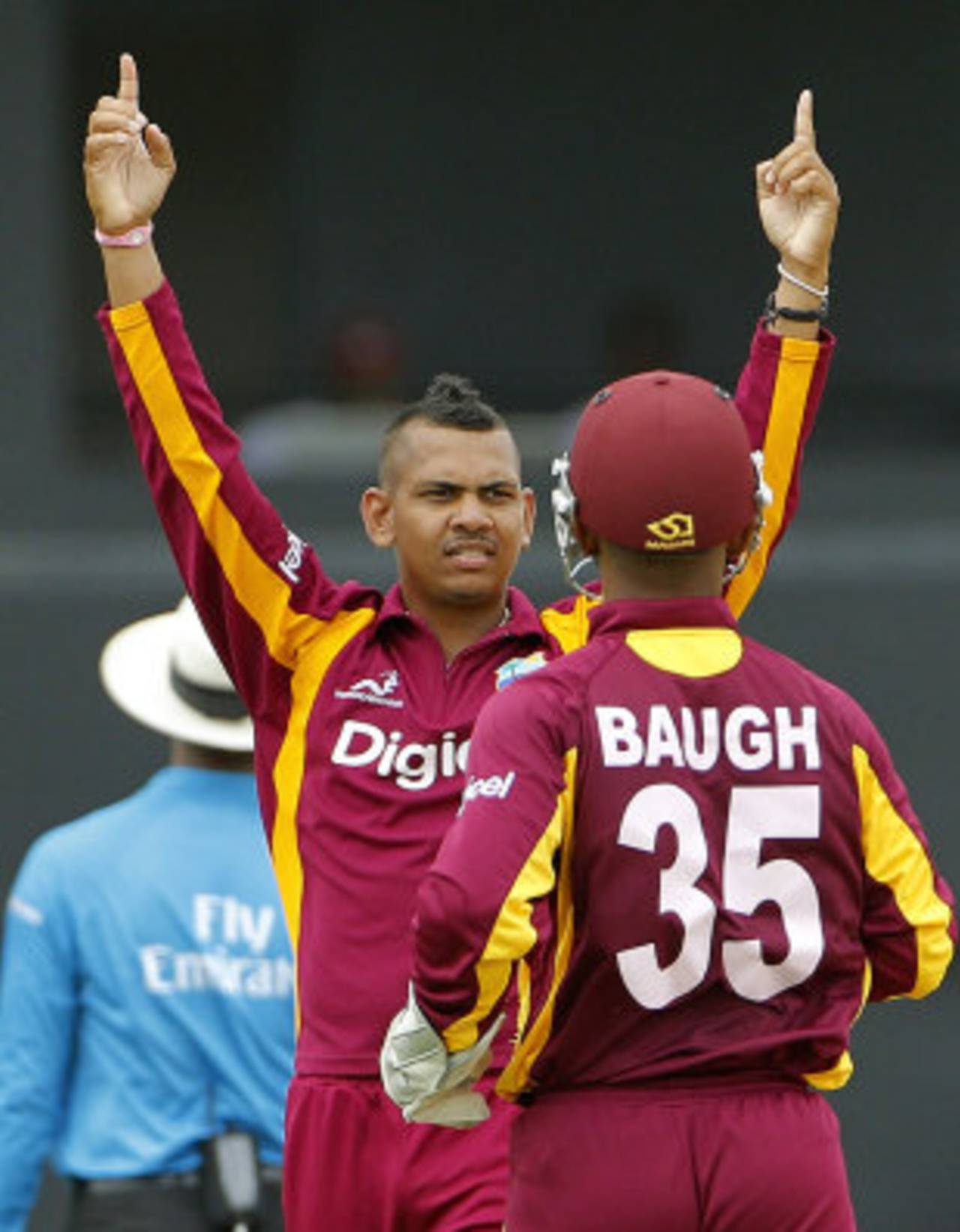With the 50-over format going through so many changes, it's fair to assume it had holes that needed to be plugged. The biggest of those is the disparity between bat and ball. Matches in which 300-plus totals are scored and chased successfully can work only as an aberration and not as a norm. The moment one-day cricket becomes a competition between the batsmen of two sides, it isn't any different from an extended Twenty20 game.
In order to correct this imbalance, the ICC cricket committee recommended several changes. The ICC's general manager Dave Richardson feels they will "help enhance what is still an exceptionally popular form of the game," but a closer look at the changes makes his statement sound hollow.
The decision to allow two bouncers in an over instead of one empowers the fast bowlers. In the current scenario, once the bouncer is out of the way, the batsman is likely to come down the track or line up for a reverse-sweep for the remainder of the over. So thumbs up to the fast bowlers. But this arrangement comes with a rider: There can be only four fielders, as opposed to five, outside the 30-yard circle for the non-Powerplay overs, which means there can't be more than four fielders outside the inner ring throughout the match.
I wonder how Ravi Shastri, a former spinner and member of the committee, agreed to recommend such a move? While the ICC has addressed fast bowlers' woes, spinners have got a raw deal. A year ago the same committee introduced the rule to use two new balls in an ODI innings, one at each end, which meant that in the 50th over, the ball was only 25-overs old. This has had a radical impact on the way spinners operate. To their credit, they managed to stay relevant by bowling flatter and focusing on line and length rather than on spinning the ball. Turning the ball may be a spinner's main weapon but to expect a new ball to grip and turn on good batting surfaces is ambitious.
Now, reducing the number of fielders outside the circle by one is going to make it tougher for spinners. If the recommendation is passed, a spinner will have to bring the sweeper-cover or deep midwicket or long-leg inside the circle, unless he sacrifices a long-on or long-off.
With shorter boundaries, flat pitches and two new balls, the spinners already have it tough. If they lose an outfielder as well, they won't have a choice but to bowl wicket to wicket with very little variety with regards to spin.
Now, an offspinner's doosra or a legspinner's googly will become opportunities to score, for there won't be protection in the deep. While these are tools for deception, they do get picked and batsmen will go after them if there are more gaps in the outfield. And if the bowler chooses to have protection for these variations, he'll be revealing his ploy.
Conversely, it will also encourage batsmen to try their hand at the switch-hit and reverse-sweep because not having anyone patrolling the square boundary makes it safer to play those shots.
The basic premise, and the reason for 50-over cricket's popularity, was for the ODI to be played like a Test match, with bowlers and captains always trying to take wickets and the only difference being getting the result in a day.
As the format evolved, however, the organisers figured the crowd enjoys fours and sixes more than a battle of attrition. Hence, the rules and playing conditions were tweaked regularly to ensure high-scoring matches, which are not necessarily the most enjoyable contests. While it worked for the longest time, the advent of Twenty20 cricket has shaken the foundations of 50-over cricket. The new rules and recommendations have failed to address these issues successfully.
So how do you ensure balance between bat and ball? We can start by identifying the period during which an ODI becomes stale - the middle overs, when the fifth bowler, usually a part-timer, is operating with the sole aim of not conceding boundaries. The batsmen play along by taking the safe route, milking those overs and waiting for the end overs to accelerate.
How about taking away the part-timer's 10 overs and increasing the maximum number of overs a bowler can bowl to 12? Two bowlers can be given the choice of bowling 13 overs each, which will ensure a better contest because a proper bowler is always in operation. The Powerplay can then go back to being 10 overs in the beginning and a five-over block each for the batting and bowling side. Those five-over blocks did bring a bit of excitement to those mundane middle overs and hence must be used judiciously.
And for the spinners' sake, it will be just to allow five fielders outside the 30-yard circle during non-Powerplay overs. Otherwise make it mandatory to have at least 75-yard boundaries on every ground.
In order to find the right balance, one must walk a tightrope.
Former India opener Aakash Chopra is the author of Out of the Blue, an account of Rajasthan's 2010-11 Ranji Trophy victory. His website is here and his Twitter feed here
